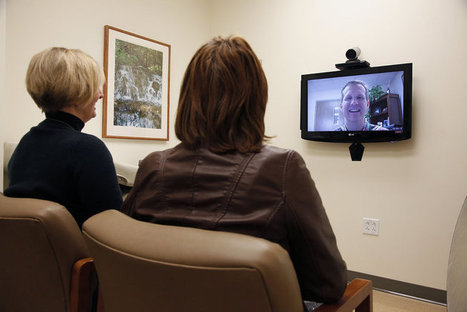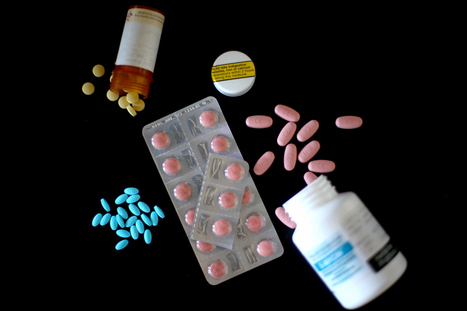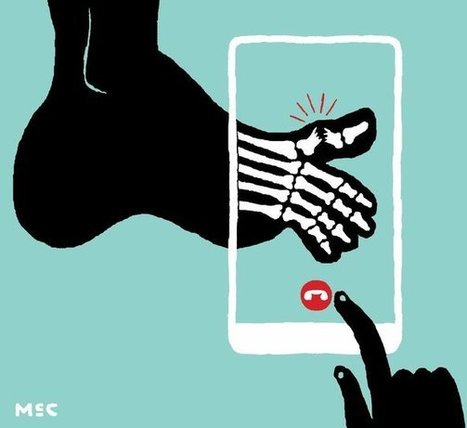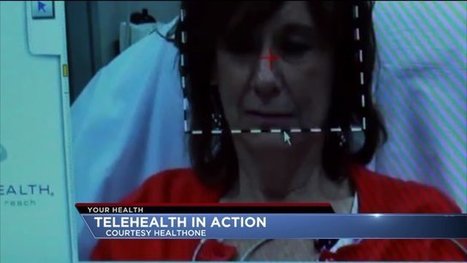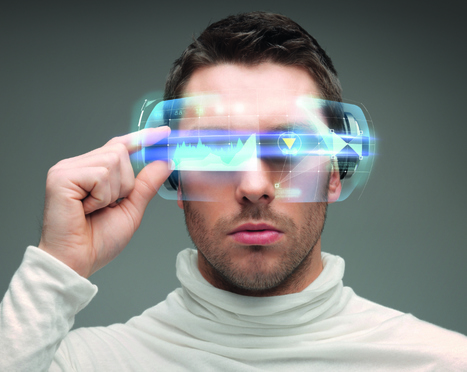Here are our five predictions for the most important healthcare trends in 2016.
The Cloud
Thanks to Cloud technology, healthcare professionals can securely store and access patient information and update charts using Electronic Health Records (EHR). In 2014, 83 percent of healthcare organizations were already using Cloud technology for some of their processes, and that number is expected to continue growing through 2016 to improve patient care. Cloud storage creates a better experience for both patient and doctor by making patient charts immediately accessible to healthcare professionals around the world and helping to prevent mistakes from incomplete charts.
If your healthcare company decides to implement or expand Cloud-based patient care this year, do your research to ensure you are following all the strict HIPAA guidelines that go along with the switch.
Wearable Patient Technology
Twenty percent of Americans own some type of wearable device, and you can expect to see that trend increase in the healthcare industry as well. Some of these technological advances are immediately effective, like artificial pancreas software that detects low glucose levels and sends out the prescribed insulin dose. Others, such as devices that monitors sleeping, eating, and exercise routines, offer more long-term healthcare solutions.
Read up on the latest advances in wearable patient technology to see where you can implement this tech trend in your field. Wearable patient technology will give your patients greater control over their own health in 2016.
3-D Printing
3-D printing has been used in healthcare in the past, but limitations in price and materials made it cost-prohibitive for widespread use. As technology improves, 3-D printing will become more effective and useful for your field. Medical professionals can now create dental implants, hearing aids, and even customized prosthetic limbs using 3-D printing.
If you work in surgery, this emerging healthcare trend can help you visualize and practice complex surgical procedures, decreasing the chances for error and reducing operating times. Experts are already working on using 3-D technology to build replacement organs and tissues, which will completely transform the healthcare field.
Social Media Engagement
The healthcare industry has typically shied away from social media, but more than 40 percent of patients polled said that social media affects the way they handle their health. You have probably had more than one patient bring you information they got from a social media source. While this can often be frustrating, embracing social media can also spread awareness of health issues that would otherwise stay hidden. For instance, social media gives doctors the ability to alert patients to a potential health crisis, like a new flu strain, that is occurring in their area. In addition to sharing the news of an outbreak, doctors can share signs of the illness and treatment tips that can help the patient get better.
Although you may not be a fan of social media healthcare, the benefits can outweigh the negatives if you use it correctly. Research the right way to utilize social media in your daily patient interactions to keep up with this developing tech trend in 2016.
Virtual Healthcare
Patients want to be able to manage their own health and wellbeing. Researchers expect more than 32 million American consumers will track their own health and fitness online or by using their smartphones in 2016. Along with increases in wearable devices and social media interaction, expect to see an increase in healthcare apps and a demand for virtual healthcare options like remote consultations and virtual house calls. More than 10 million people used telemedicine options in 2014, and, according to a recent Harris Poll, a quarter of consumers would choose a virtual healthcare option if it were available. Virtual healthcare options save consumers and providers time and money and expands affordable access without overburdening hospitals and urgent care facilities with non-emergency concerns.
Via Plus91



 Your new post is loading...
Your new post is loading...







